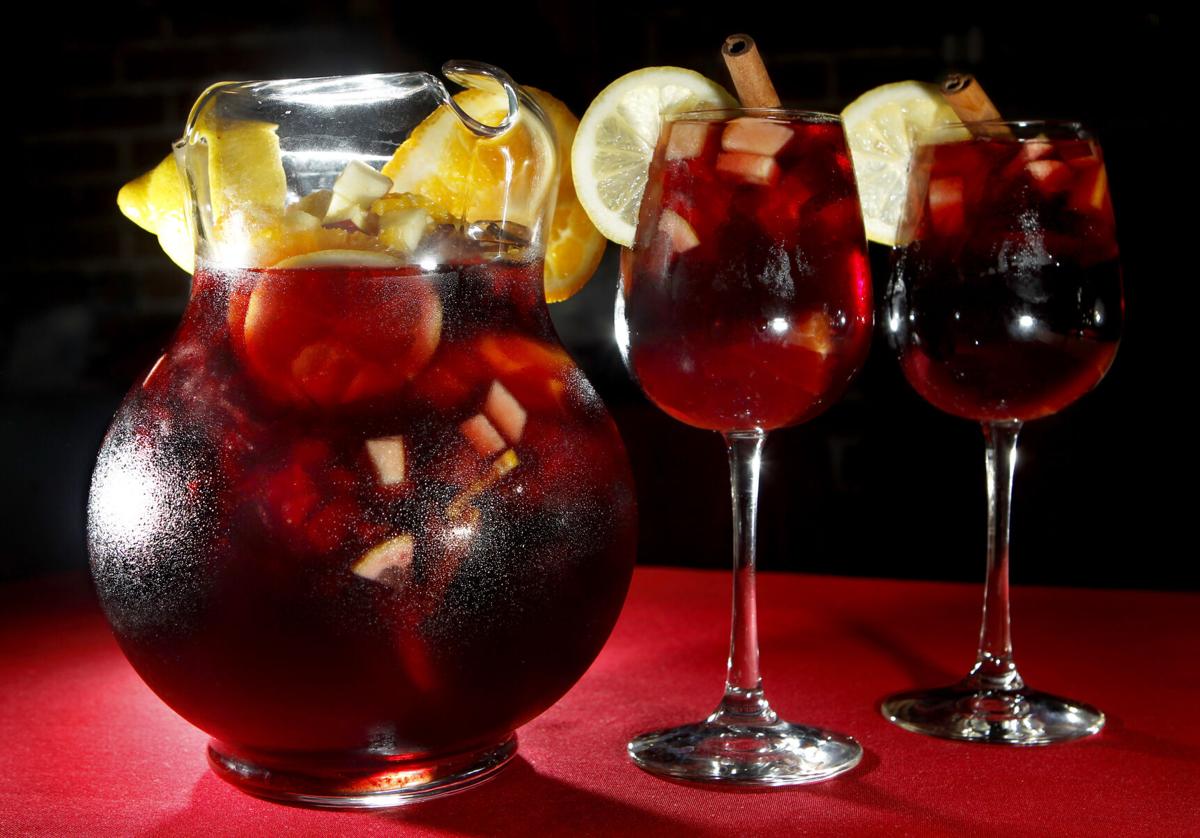In 1971, my hometown celebrated its centennial. Starting in January, preparations included building a temporary “jail” and general store on the main street, a monthslong beard-growing contest, an original play, balls, parades, and a lot more frivolity.
Everyone dressed in clothes appropriate to the year the village was founded — you’d be thrown into the jail if you didn’t — and volunteers conducted a number of do-good projects, including cleaning rubbish from a local creek and tree-plantings.
Neighborhoods clubbed together in groups with silly names like The Busy Belles and The Shady Lawners. The groups vied with one another to host the best croquet tournament or the best ice cream social.
I was 16 that year, and I remember vividly the events of the centennial, which culminated in a huge Fourth of July parade and a giant barbecue in the county park, followed by a spectacular fireworks show.
My parents, as publishers of the local newspaper, compiled an album of photographs taken by my father. I came across a copy while dusting books the other day, and paging through its photographs brought everything back.
But my most vivid centennial memory isn’t in the book.
Because we lived on the village’s main street, our house was perfectly positioned for viewing the big parade. My mother thought she’d host a viewing party, inviting about a dozen guests. They arranged chairs on the porch and front lawn and settled in to watch. Refreshments were passed time and again.
The parade went on for more than two hours. There were marching bands and draft horses, antique steam engines tailed by little kids on crepe-paper decorated bikes, draught oxen, cowboys and cowgirls, fire engines with sirens whooping and aging VFW vets dressed in their uniforms, floats and bedazzled convertibles conveying beauty queens, and much more.
I didn’t want to hang out with my parents and their friends, so I hopped on my bike and rode along the parade route, stopping here and there to visit with others who were also watching the parade. After the tail end of the parade passed me, I rode back to our house.
When I arrived, the chairs on the porch and the front lawn were empty. They must all be inside, I thought, and went into the house. But no sign of the party was there.
Then I glanced into our grassy side yard. There they were, scattered around on the grass, all asleep. Some had their forearms crooked over their eyes; some were laid out on their bellies; some snored; some curled themselves into a fetal position. I walked among them, checking to be sure they were just sleeping. Not a one budged as I patted them gently.
My mother’s potent sangria had knocked them all out.
I shrugged and headed for the county park for the remaining festivities — the horse pull, the greased pig chase, the chicken dinner, and all the rest.
I’ve been wary of my mother’s sangria ever since. It was, she said, the way she learned to make it when she visited Majorca, one of the Balearic Islands off the coast of Spain. There’s no denying it’s delicious but I rarely feel like falling asleep on the lawn.
These days on the rare occasions when I make it, I often substitute white wine for the red wine the recipe calls for. A white Zinfandel is a good choice; so is a Riesling that’s on the sweet side. You can also substitute rosé if you wish, for a pretty pink version. Whatever wine you choose, there’s no point in using spendy ones; their flavor is pretty much going to be overwhelmed by the brandy, Cointreau and fruit juices anyway.BOBBY’S SANGRIA
Makes about 24 4-ounce servings
Make the base the night before and chill it overnight in the refrigerator. Substitute white wine or rosé for the red wine, if you wish. Then add the club soda or sparkling water just before serving over ice. This recipe halves nicely if you want to make a smaller batch.
INGREDIENTS
2 (750-milliliter) bottles red wine
1 cup brandy
1/3 cup orange liqueur, such as Cointreau
1/2 cup simple syrup or sugar
1 orange, juiced
1 lemon, juiced
1 (1-liter) bottle club soda or sparkling water
Garnish: orange slices
Garnish: lemon slices
Garnish: strawberries and/or other berries
Garnish: melon balls
PREPARATION
Prepare the base for the sangria by combining the wine, brandy, orange liqueur, simple syrup or sugar and fruit juices. Pour into a large pitcher and refrigerate overnight.
At serving time, choose two or three of the garnishes and add to the pitcher, reserving some garnishes for serving. Stir in the club soda or sparkling water and serve over ice with additional garnishes in each glass.
Orange and lemons seem to suit red wine sangria best; strawberries and other berries complement rosé, and berries and melon balls prettify white sangria.





